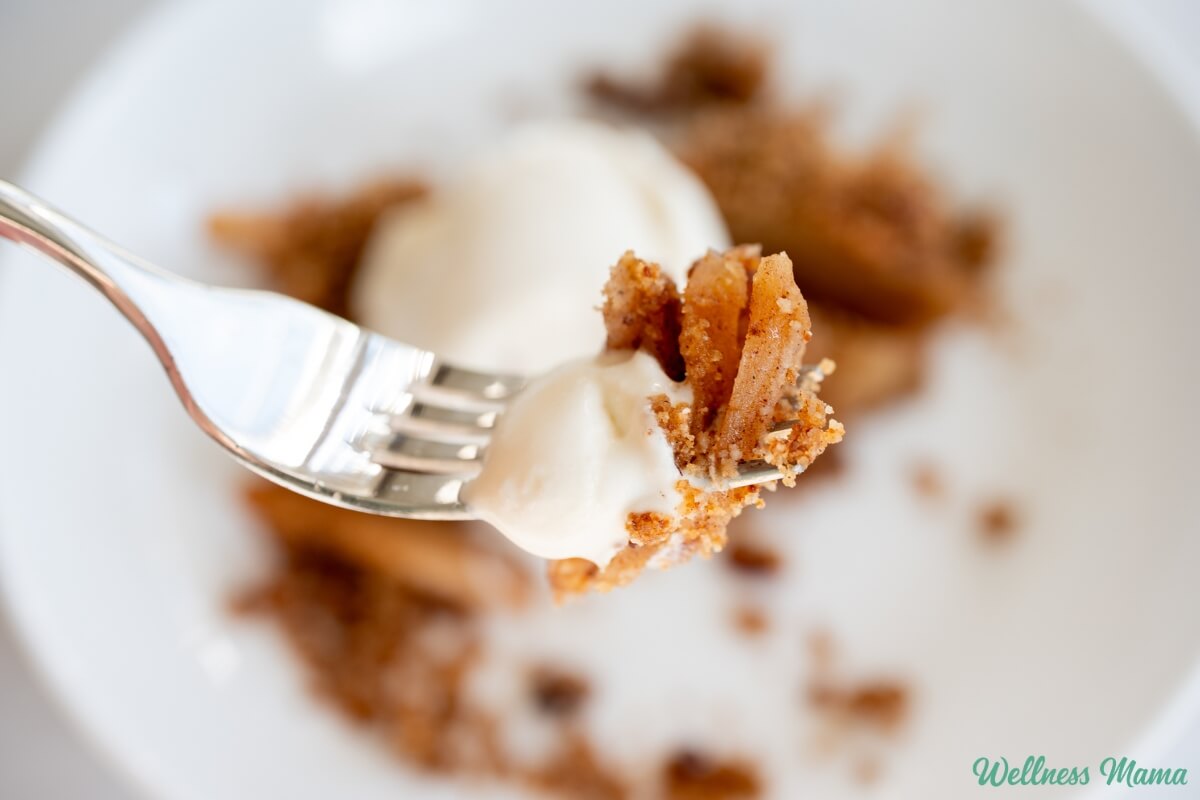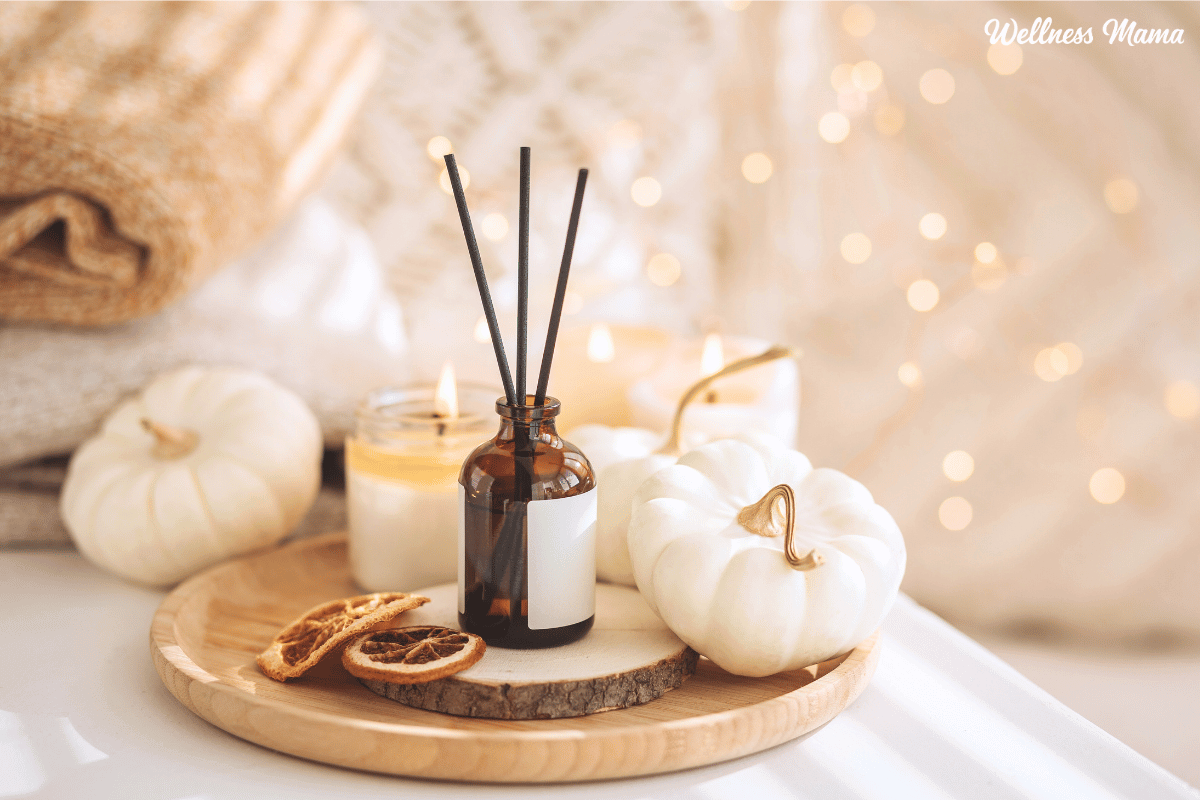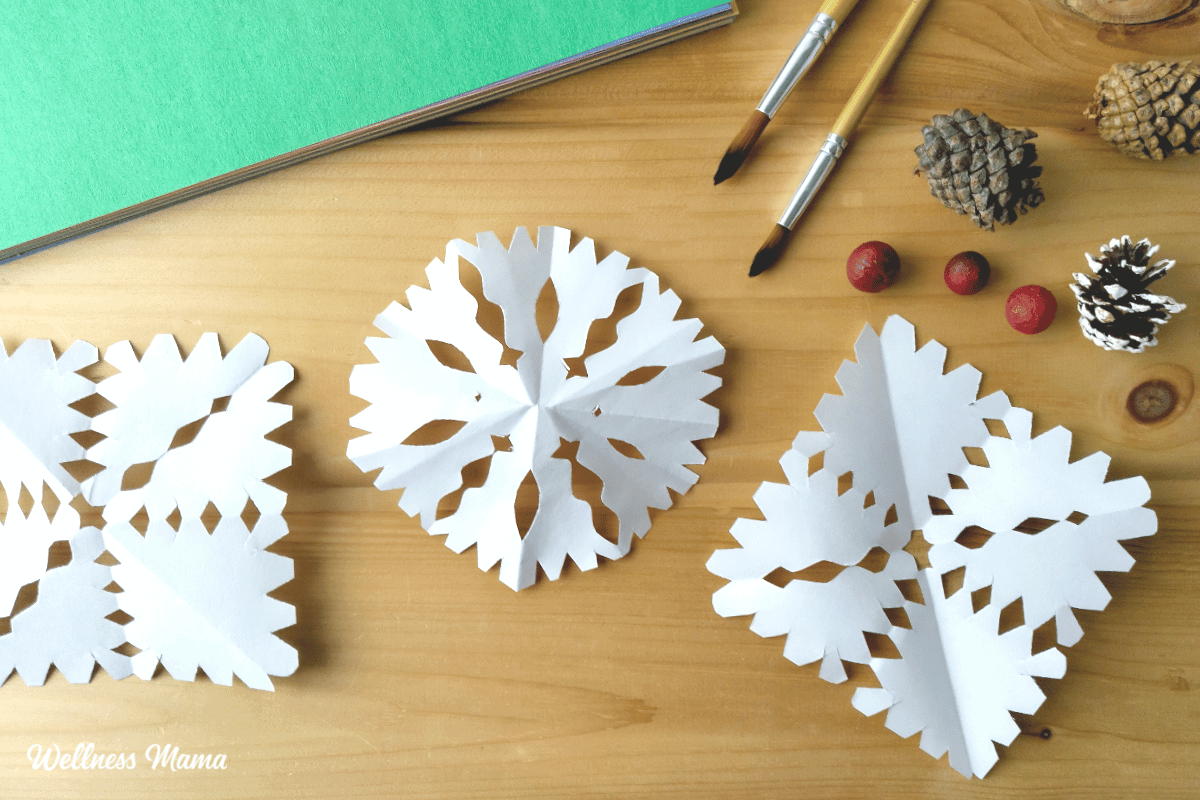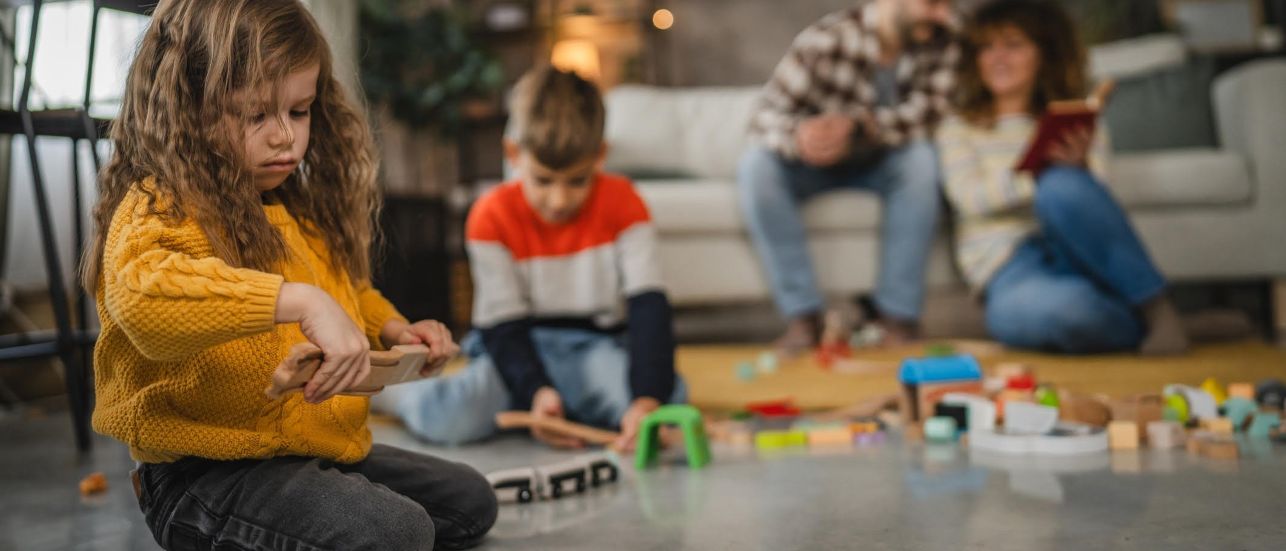Check out our latest products
If you’re dealing with a rough growth on the bottom of your foot, it could be a plantar wart. Don’t worry, you’re not alone. Every year 3 million people in the United States will get a plantar wart. But even though they’re common and often harmless, chances are you want to get rid of it.
The good news is that home remedies for plantar warts may be all you need. Read on to learn more about at-home treatment options for plantar warts and when you may want to seek medical care.
Home remedies for plantar warts
Plantar warts are caused by the human papillomavirus (HPV). When the HPV virus enters the outer layers of skin on the bottom of the foot through tiny cuts or other weak spots, it can cause a plantar wart.
While plantar warts usually go away on their own, it can take anywhere from a few weeks to a year or more. If you want to get rid of a wart sooner, there are a couple treatments you can try at home to speed up the process.
Corns and calluses can sometimes be mistaken for plantar warts because they all have areas of hard, thick skin. But they’re each treated differently. Here are some ways to tell them apart:
Corns are often found on non-weightbearing areas of the foot, unlike plantar warts and calluses.
Calluses usually cover a larger area of the foot than plantar warts and corns.
You’ll usually feel a plantar wart before you see it. Pain, discomfort or tenderness when walking or standing is a common early sign a plantar wart could be forming. You may also notice an irregularly shaped patch of skin on the bottom of your foot or thickening of the skin over the affected area. When a plantar wart has formed it usually looks like a small, rough growth on the sole of your foot or heel. On white skin the growth may be slightly darker than the unaffected skin around it. But on darker-colored skin the growth may appear lighter. They also contain black pinpoints or wart seeds, which are small, clotted blood vessels.
2. Treat plantar warts at home with over-the-counter medications
The most effective way to treat plantar warts at home is with nonprescription wart removal products, such as Dr. Scholls or Compound W, that peel or freeze off the wart.
Peeling medicine (salicylic acid)
Medicines that contain salicylic acid get absorbed into the skin to slowly and painlessly peel away layers of skin cells that contain the wart virus.
Freeze sprays (cryotherapy)
Freezing sprays use liquid nitrogen or dimethyl ether propane to freeze the wart and kill the wart virus.
3. Practice self-care to heal plantar warts
In addition to over-the-counter medicines, try these self-care approaches to help relieve pain and promote healing.
Cover the wart to stop it from spreading to other parts of the body or other people – duct tape is a common method since most people have it around the house
Pad the wart with felt or a moleskin patch to relieve pressure and reduce pain
Wear comfortable shoes and socks
4. Take steps to protect yourself from getting a plantar wart
Plantar warts can spread easily, but there are things you can do to prevent yourself from getting one.
Avoid direct skin-to-skin contact with plantar warts, including your own
Don’t share shoes, socks or towels with someone else
Keep your feet clean and dry
Wash your hands immediately after touching a wart
Wear sandals when walking around swimming pools, locker rooms or public showers
5. Start a Virtuwell visit to get a customized treatment plan
Virtuwell is HealthPartners’ online clinic that can treat more than 60 common conditions, including plantar warts for people 5 years old and up. Completing a visit is simple. You’ll be guided through easy-to-answer questions and how to upload pictures. Then a clinician reviews your information, provides a diagnosis and creates a custom treatment plan that features how to safely treat warts at home.
How not to treat a plantar wart at home
You should never try to pull out a plantar wart with tweezers or try to cut it off at home. Both options can be very painful and are mostly ineffective. If you are looking for options to remove the wart, talk with a primary care doctor or podiatrist, which you can read more about in the next section.
When to see a doctor for plantar wart treatment
While home remedies may be all some people need to get rid of a plantar wart, there may be times when warts spread, or cause pain or other issues. In these cases, there are medical treatment options that can provide relief.
Primary care doctors and podiatrists can both treat plantar warts with prescription topical medications and cryotherapy, which uses extreme cold to freeze and destroy warts. Liquid nitrogen and argon gas are the substances that are typically used.
But first, they’ll confirm whether you have a plantar wart or if you might be experiencing another foot problem like a callus or corn. If you do have a plantar wart, they’ll explain your treatment options and help you decide what removal method is best for you.
Depending on your symptoms and the number of plantar warts you have, a podiatrist can provide more advanced treatment options like immunotherapy, laser treatment, electrocautery or surgery to remove warts.







